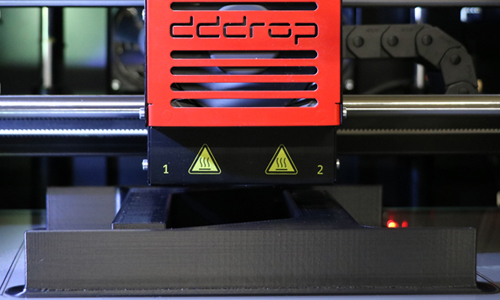A 3D print usually consists of a solid exterior filled with a grid. This saves time and material, resulting in the same model. Of course, you want the exterior to be smooth and solid, but that can be a challenge for the top layer. How do you ensure a strong and sturdy covering for your product?

Prevent sagging
The solid top layer is printed on top of the aforementioned grid that fills the print. This means that the top layer must span the gaps in the filling. Logically, the material sometimes sags through those holes. To ensure that the material reaches the other side properly, you can do the following:
 Increase infill percentage
Increase infill percentage
The infill is the foundation of your top layer. You can imagine it’s hard to create a proper top layer when the foundation exists mostly out of air. Try to increase the infill percentage to create a better bearing capacity for the top layer. Try to find the optimal ratio, so you don’t lose unnecessary material and time.
More layers
In addition to the filling, the number of compression layers can also be the reason why the top layer is not firm. The top layer consists of several solid layers that are bonded together. To get a smooth top layer, it must be thick enough. As a rule of thumb you can use a height of 0.75mm for the entire surface layer. Depending on the pressure height, you will therefore have to use several layers to achieve a top of 0.75mm. With the standard layer height of 0.25mm you would need at least 3 layers for a solid top.
